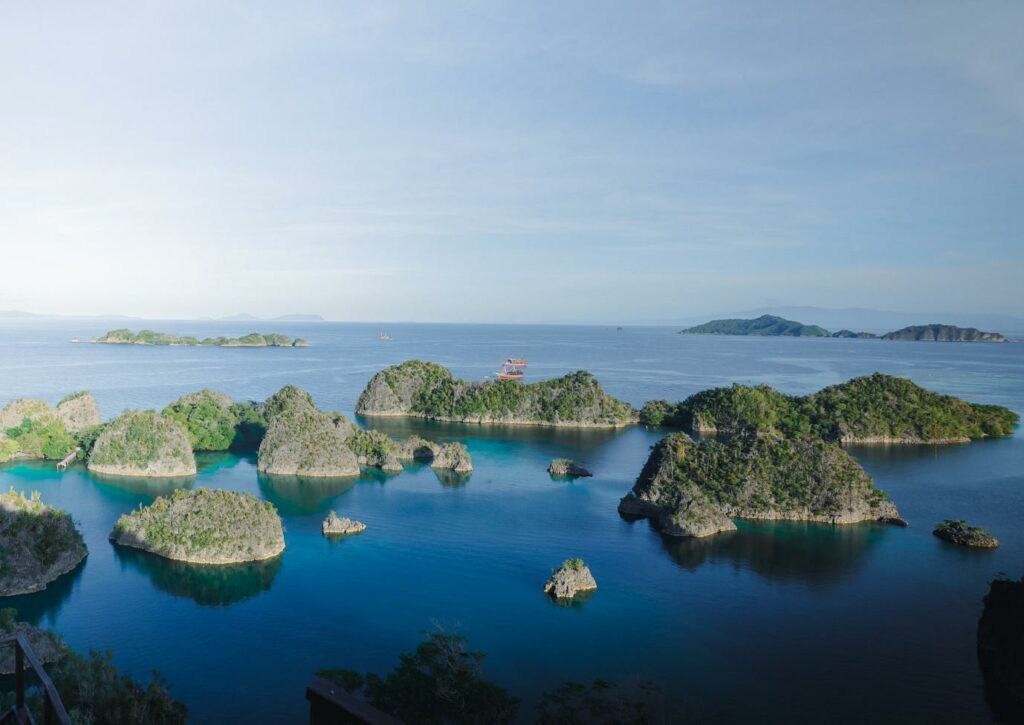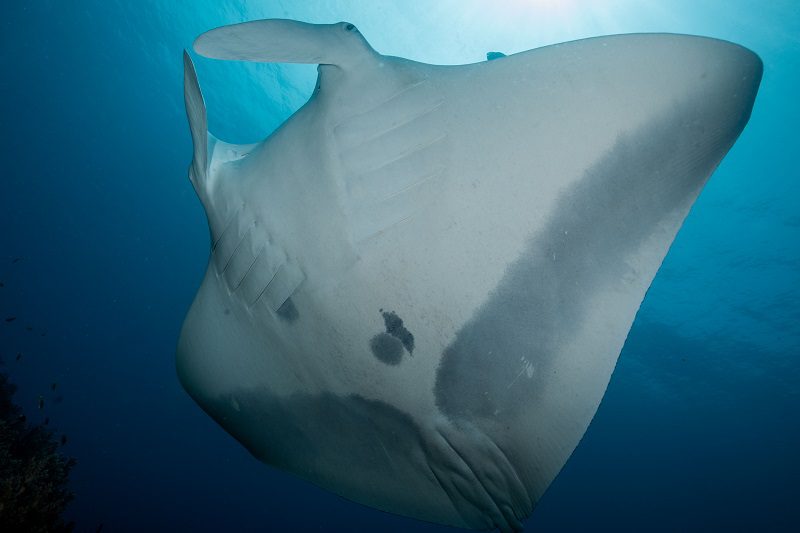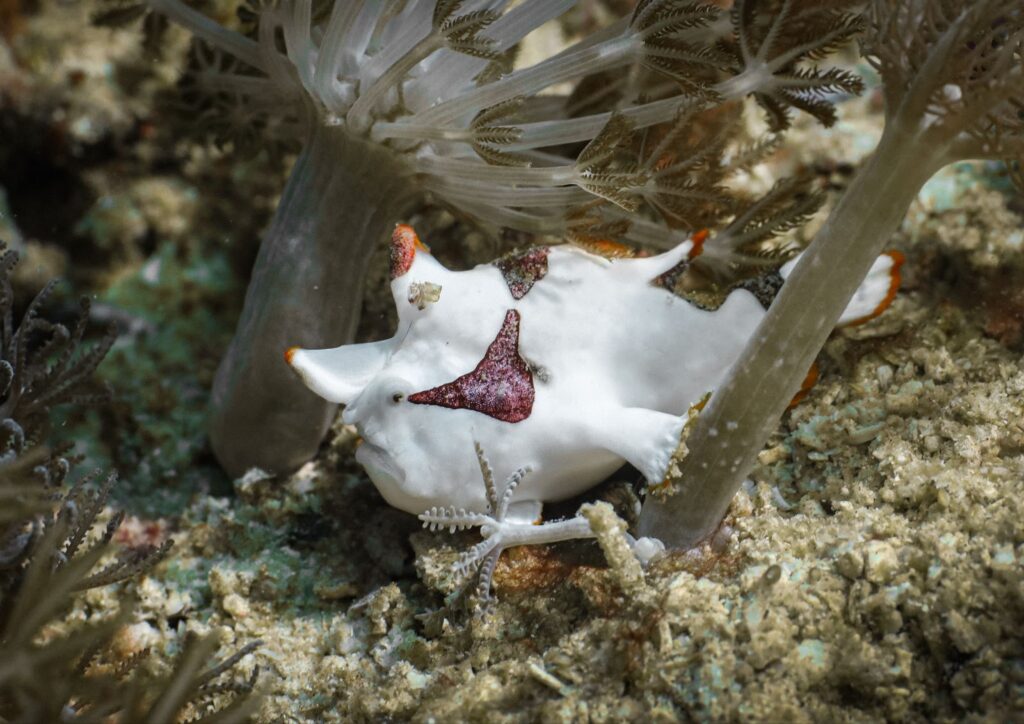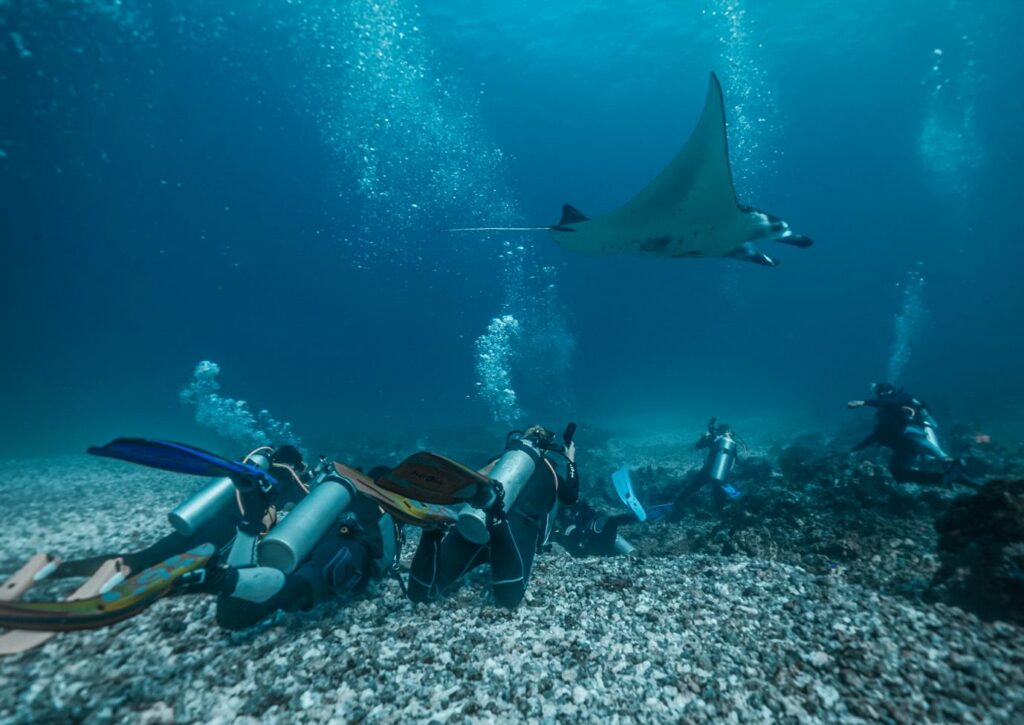How to Log a Dive
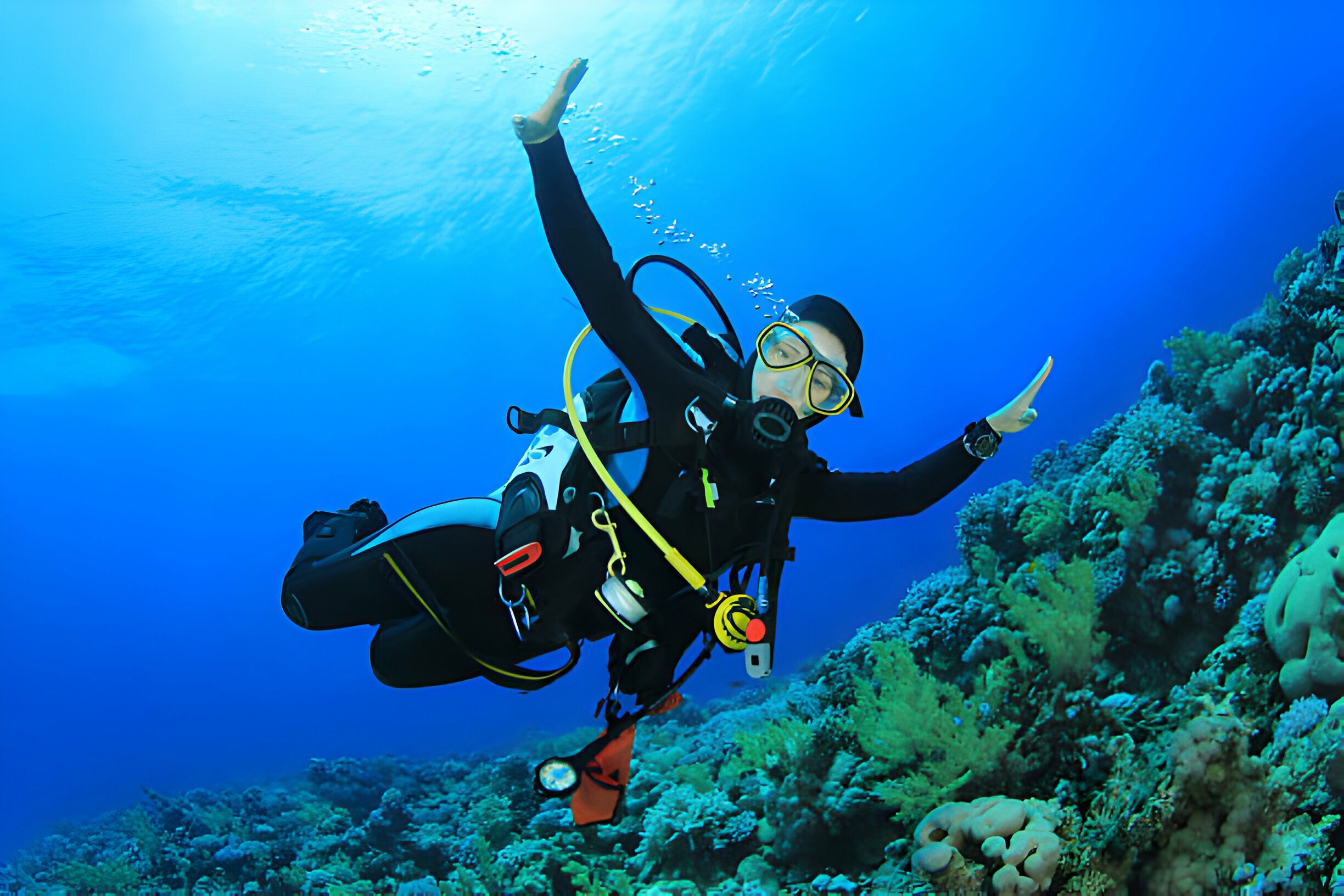
Logging your dives is an important part of scuba diving. Not only does it serve as a record of your experiences underwater, but it also helps you keep track of your skills, equipment usage, and dive locations. In this guide, we will discuss the importance of logging dives and provide step-by-step instructions on how to effectively log your dives. Whether you’re a beginner or an experienced diver, maintaining a detailed dive log can enhance your diving experiences and contribute to your development as a proficient diver.
Logging a dive is important for keeping track of your dive experience and for providing a record of your underwater activities. When logging a dive, be sure to include essential information such as the date, location, dive site, water conditions, depth, bottom time, and any noteworthy observations or experiences. It’s also helpful to note the type of dive (e.g., recreational, training, or certification dive) and the equipment used.
Logging your dives not only helps you keep track of your experiences but also allows you to reflect on your progress as a diver. Plus, it’s a great way to reminisce about past adventures and plan future ones. Remember to log your dives promptly after each excursion to ensure the details are fresh in your memory.
Dive Log Formats
There are several different formats you can use to log your dives, each with its own benefits. One popular format is the traditional paper logbook, which provides a tangible keepsake of your diving experiences. Alternatively, dive computer software and mobile apps offer convenient digital options, allowing you to easily store and access your dive data on your electronic devices.
Dive Log Content
In addition to the essential information mentioned earlier, you may also want to include details such as the type of marine life you encountered, any underwater photography or videography you captured, and the names of your dive buddy or instructor. These extra details can enhance the richness of your dive log and serve as valuable memories of each dive.
Dive Log Review
Periodically reviewing your dive logs can provide insights into your diving patterns, progress, and areas for improvement. It can also help you identify trends in your diving activities, such as preferred dive sites or recurring encounters with specific marine species. By regularly reviewing your dive logs, you can enhance your overall diving experience and make the most of every subaquatic adventure.
Common Sections of a Dive Log
Dive Site Information
When logging a dive, it’s important to include detailed information about the dive site. This may include the name of the site, its location (such as GPS coordinates or specific details about its geographical location), and any notable features or points of interest at the site.
Dive Details
In this section, you’ll want to record specific information about the dive itself. This may include the date and time of the dive, the duration of the dive, the depth reached, water conditions, visibility, and the dive plan or objectives.
Equipment Used
It’s crucial to document the equipment used during the dive. This may include the type of dive gear, such as the BCD, regulator, dive computer, exposure suit, and any other specialised equipment used during the dive.
Wildlife Sightings
For many divers, one of the most exciting parts of a dive is the opportunity to encounter marine life. In this section, you can record any notable wildlife sightings during the dive, such as fish, corals, sea turtles, sharks, or other creatures.
Dive Notes
Finally, it’s helpful to include any additional notes or observations about the dive. This could include details about the overall experience, any challenges encountered, or any special moments that made the dive memorable.
Remember to always log your dives accurately and thoroughly, as these records can be valuable for future reference and for sharing your experiences with other divers.
ALSO READ : What Are Scuba Divers Really Afraid Of?
3 Reasons to Keep a Dive Log
Track Your Progress
A dive log allows you to track your progress as a diver. By recording details of each dive, such as the dive site, depth, time, and any notable marine life sightings, you can see how your skills and confidence underwater have grown over time.
Equipment Maintenance and Usage
Keeping a detailed record of the equipment you used during each dive, including any maintenance or repairs, can help you identify patterns of wear and tear. This can be crucial for ensuring the safety and reliability of your gear.
Personal and Historical Record
Your dive log serves as a personal record of your underwater experiences. Years from now, you’ll be able to look back on your dives and reminisce about the amazing encounters and adventures you’ve had in the underwater world.
In the following sections, we will provide you with step-by-step instructions for effectively logging your dives, including what information to include and how to organise your dive log.
How to Fill Out a Dive Log
Filling out a dive log is an essential part of keeping track of your diving experiences. When completing a dive log, be sure to include details such as the location of the dive site, the date and time of the dive, water conditions, visibility, and the depth and duration of the dive. Additionally, you can document the types of marine life and any interesting observations made during the dive. This information not only serves as a record of your diving activities but also helps you track your progress and identify patterns in your diving preferences.
How to Organise Dive Log Information
After filling out the essential details of your dive log, it’s important to organise the information in a systematic way for easy reference in the future. Consider using a digital dive log app or spreadsheet to input and store your dive details. These tools often offer features such as the ability to add photos, notes, and dive profiles, and provide a convenient way to search and filter through your diving history.
When organising your dive log, it’s helpful to categorise dives by location, date, or specific dive trips. This can make it easier to spot trends in your diving patterns and preferences. Additionally, keeping your dive log organised will be valuable if you ever need to reference specific details for further dive training, travel planning, or simply reminiscing about past diving experiences.
Preparing for the Dive
Before logging a dive, it’s important to ensure that all your equipment is in good working condition. Check your scuba tank for any signs of damage, and make sure it is filled to the appropriate pressure for the depth of your dive. Additionally, verify that your regulator, buoyancy control device, mask, fins, and other gear are all functioning properly.
Conducting the Dive
During the dive, take note of important details such as the dive site type (slope, wall, seamount etc), water conditions, and the marine life you encounter. Keep track of your depth, duration, and any notable observations. Pay attention to your air consumption and the behaviour of your dive buddy if you have one.
Post-Dive
After resurfacing, take the time to jot down your overall experience, memorable moments, and any issues that arose. It’s also helpful to record details like the date, time, and location of the dive.
Enjoy a Diving Trip in Raja Ampat and Komodo with La Galigo Liveaboard
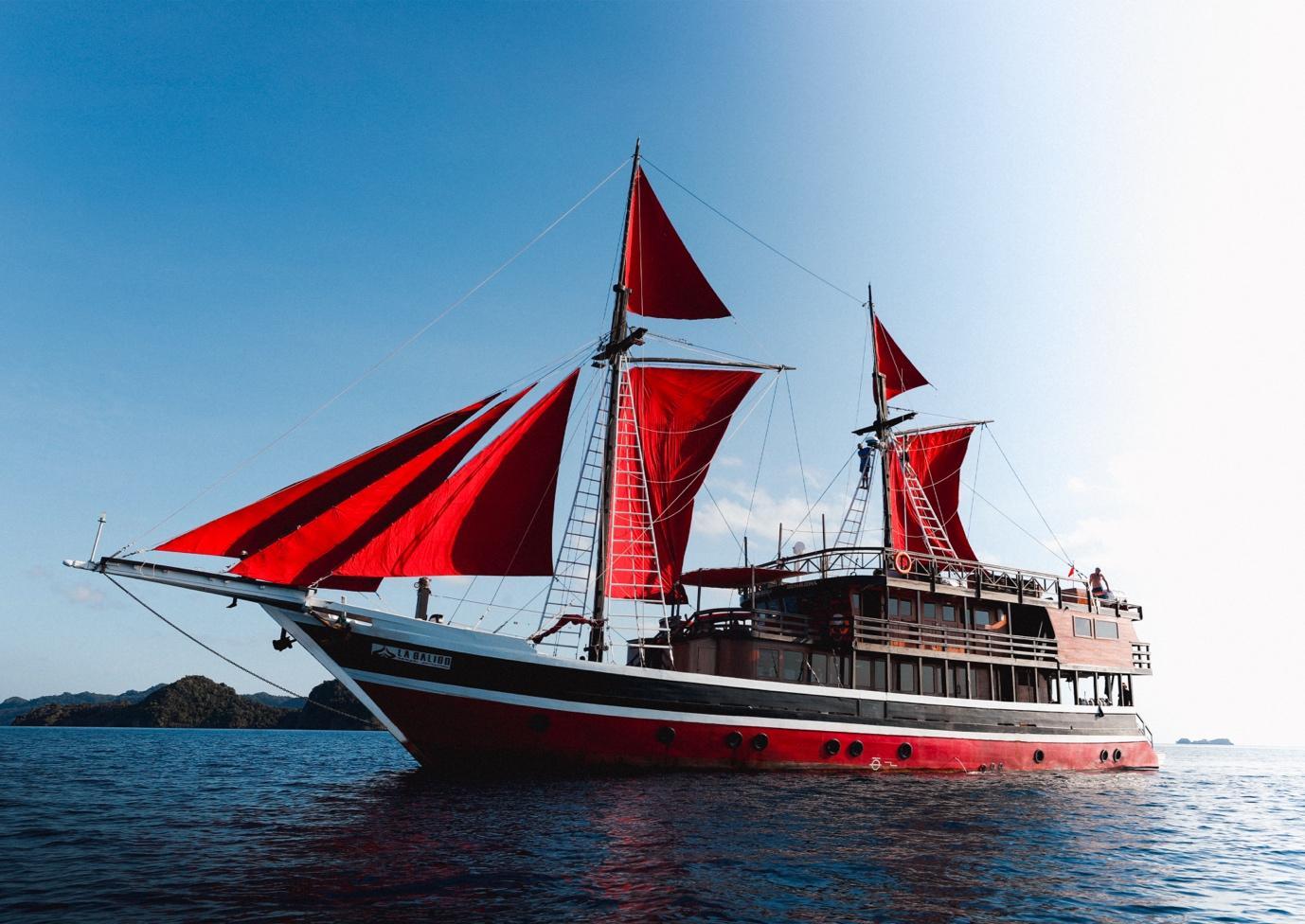
La Galigo is known as one of the best liveaboard diving boats in Raja Ampat Indonesia, and it offers trips to well-known diving destinations such as Komodo and Raja Ampat. The Coral Triangle is located in Indonesia, which has the highest marine biodiversity on the planet.
La Galigo Liveaboard Diving was founded in 2015 by two avid divers who wanted to explore some of Indonesia’s pristine reefs but found that all existing scuba diving options were frequently out of their budget, and wanted to provide an affordable option for everyone to be able to explore these beautiful places.
La Galigo Liveaboard Diving in Raja Ampat & Komodo is a friends and family affair, and our liveaboard diving trips are always focused on fun, safety, guest comfortability, and are exceptional value for money. Our trip prices range from $2,160 for a six-day Komodo liveaboard diving trip to $3,815 for an eight-day Raja Ampat liveaboard diving trip. The price includes four meals a day, diving or snorkelling three to four times a day, and land tours.


